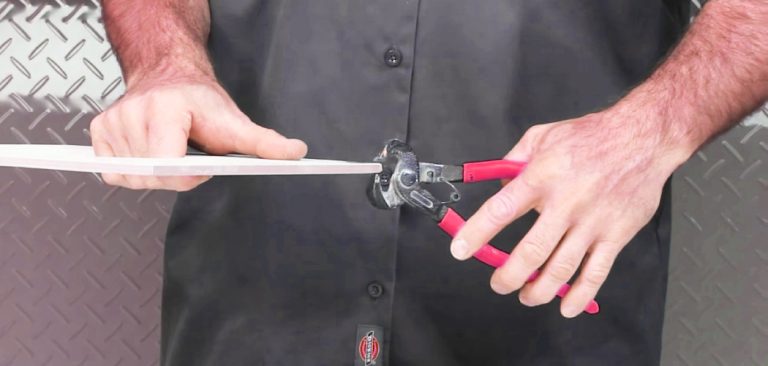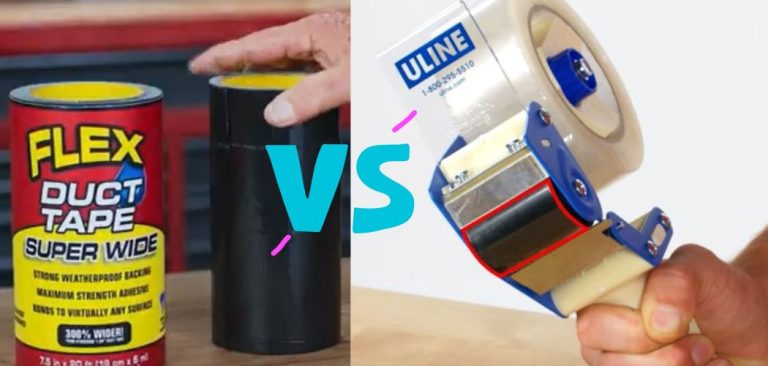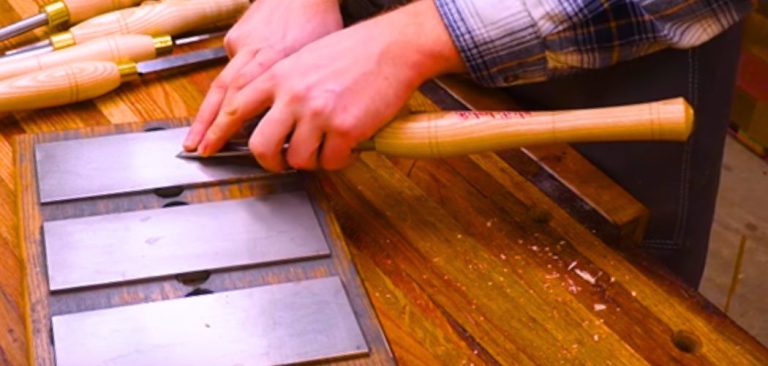Rip Hammer vs Framing Hammer
Hammers are foundational tools in the construction world, essential for both building and demolition. Though hammers have evolved over centuries, one thing remains clear: choosing the right hammer for the job is key to efficiency and reducing fatigue.
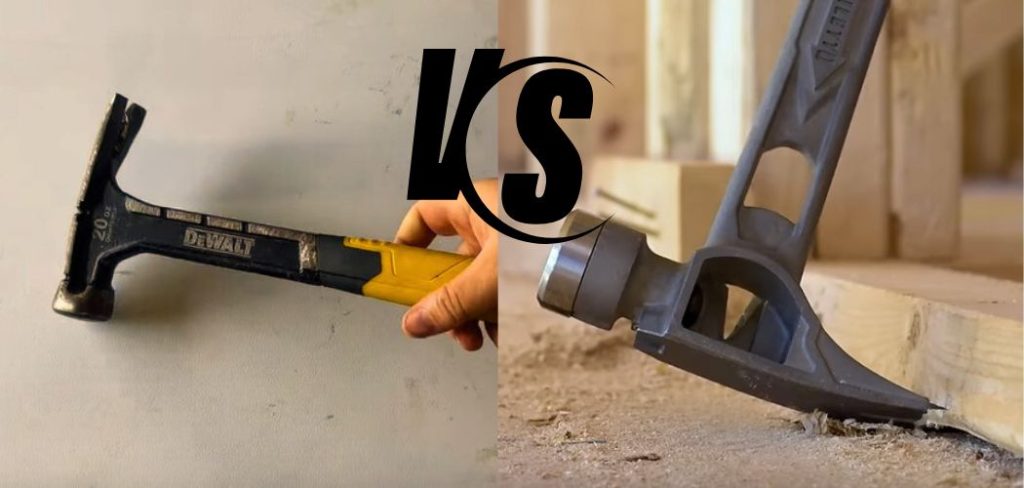
When it comes to rip hammers versus framing hammers, it’s important to recognize that while the two may look similar at first glance, they are purpose-built for different tasks. A framing hammer, also known as a rip hammer, is a specialized type of claw hammer with distinct features that differentiate it from standard models.
From the shape of the claws to the weight distribution, these hammers are designed with specific jobs in mind. Understanding these differences will help you choose the right tool for the task, ensuring both speed and precision in your work. Let’s dive into the details.
What is a Rip Hammer?
A rip hammer is a tough tool used for construction and demolition. It has a straight claw that’s perfect for ripping wood, prying materials, and pulling nails. Weighing 16–24 ounces, it delivers a strong impact. The head is made of durable steel, while the handle can be wood, fiberglass, or steel, often with a grip for comfort.
It became popular in the 19th century as carpentry evolved. Unlike a curved claw hammer, a rip hammer is better for heavy-duty tasks like framing and tearing things apart, making it a favorite for builders and DIYers alike.
What is a Framing Hammer?
A framing hammer is a heavy-duty tool used for building wooden structures. It has a longer handle for better leverage and a heavier head, usually 20–32 ounces, to drive big nails quickly. The face is often textured to keep nails from slipping, and its straight claw works well for prying and demolition.
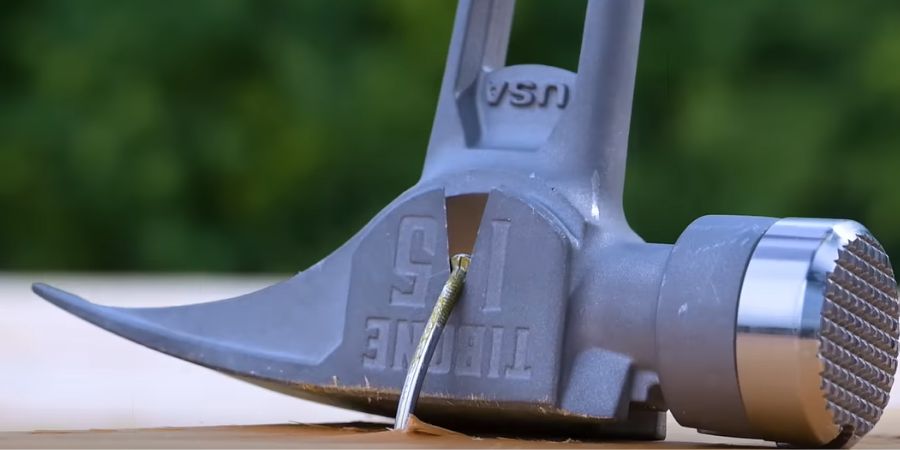
Framing hammers became popular in the 19th century as construction methods advanced. They are designed for speed and strength, making them perfect for large projects. Compared to regular hammers, they’re more powerful and efficient, making them a favorite for carpenters and builders.
What is the Actual Difference Between Rip Hammer vs Framing Hammer?
When deciding between a rip hammer and a framing hammer, knowing their differences can help you choose the right tool for the job. Both are heavy-duty tools, but their designs and uses are different. I’ve outlined their key differences below so you can choose the right one for the job.
| Feature | Rip Hammer | Framing Hammer |
| Claw Design | Straight claw, great for prying and light demolition | Straight claw, optimized for heavy-duty prying tasks |
| Weight | 16–24 ounces, balanced for control and versatility | 20–32 ounces, heavier for driving large nails easily |
| Handle Length | Shorter handle, typically 12–16 inches | Longer handle, usually 15–18 inches for better leverage |
| Face Design | Smooth or slightly textured for general use | Milled (textured) to prevent nail slippage |
| Best Use | Light demolition, general construction tasks | Framing, heavy-duty construction, driving large nails |
| Material | Wood, fiberglass, or steel handle options | Similar materials, often with a more robust design |
| Skill Level | Suitable for DIY and everyday use | Preferred by professionals for larger projects |
Popularity | Common for home projects and light construction | Essential for framing houses and structural work |
| Quick Tips | If you need versatility, go with the rip hammer. | If you’re handling large-scale or heavy-duty work, the framing hammer is your best bet. |
FAQs
What is the Main Difference Between a Rip Hammer and a Framing Hammer?
A rip hammer is designed primarily for prying and pulling apart materials with its straight claw, while a framing hammer is heavier, features a milled face for better grip on nails, and is built for the heavy-duty demands of framing construction.
Which Hammer Is Better for General Home Use, a Rip Hammer or a Framing Hammer?
A rip hammer is more versatile and lightweight, making it ideal for general home use. Framing hammers are overkill for most small projects and can be harder to handle.
Why Does a Framing Hammer Have a Milled Face?
The milled face (textured surface) of a framing hammer reduces the risk of slipping off nails when driving them, which is especially useful for large-scale framing projects where speed and efficiency are key.
Can I Use a Rip Hammer for Framing Projects?
While it is possible to use a rip hammer for framing, it is not ideal due to its lighter weight and lack of a milled face. Framing hammers are specifically designed to handle the rigors of framing work.
Which Hammer is More Durable for Heavy-duty Work?
A framing hammer is generally more durable for heavy-duty work because of its larger size, heavier weight, and robust construction, making it well-suited for demanding tasks like framing and demolition.
Read also:

